Lumbini Province: A Land of Infinite Possibilities
Nepal- An Adventure Beyond Compare! Amongst the plethora of destinations, Lumbini Province stands out as a unique experience. Many of its sites lay hidden in plain sight. The magic of this province is far beyond what is known to us all.
The Province & its history
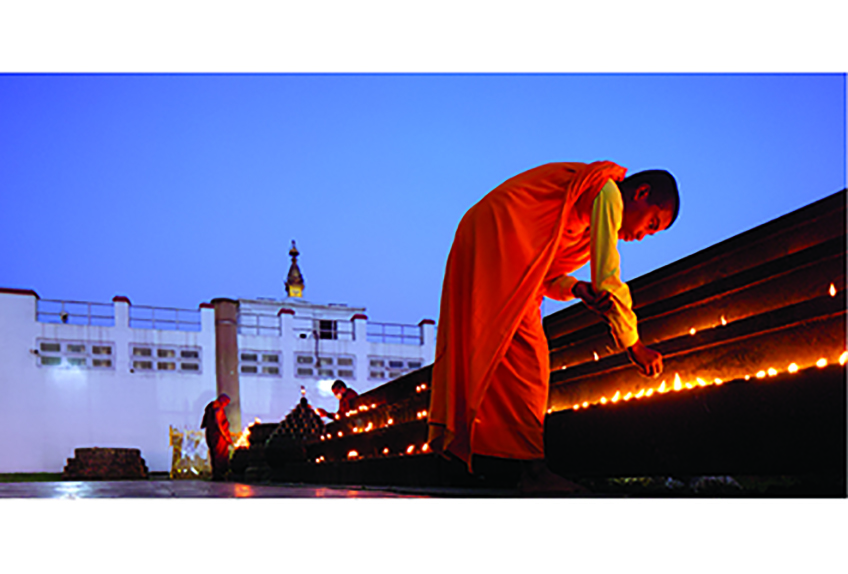
Province 5 came into existence as per the new constitution of Nepal. It took five years for it to gain its official name-Lumbini. If we compare the composition of the province to the previous development region system, it features the hilly and terai region of the former Western & Mid-Western Development Region.
Regarding ecological division, the province features 3.1% of the mountains, 69.3% of hills and 27.6% of the terai. Gandaki & Karnali Province border it towards its north. Sudurpaschim Province in the west and India to its south.
If you endeavour to traverse this area from the lowest to the highest altitude, you will start at Rupandehi at 90m (300 ft) and reach 7,246m (23,773ft) at Putha Hiunchuli. The province features 12 districts with a total area of 22,288 km2.
The effort of this story is to help Lumbini Province break out of its “Buddhist Pilgrimage Site” shell. This province is more than just Kapilvastu., the Shakya era and the Buddha.
In terms of history, the province features archaeological pieces of evidence of Sivapithecus, also known as Shiva’s Ape, a genus of extinct apes in Dang Valley. Various researchers have discovered Paleolithic (1.8 million to 100,000 years ago) artefacts in the Babi River of the same valley. Moving further, we are all aware of the Shakya-era. During the medieval period, the Khasa-Malla Kingdom dominion encompassed this region along with a large chunk of Western Nepal up to Kasikot. To the north, they stretched to Guge and Purang of Western Tibet. An inscription on the Ashoka Pillar dating 1312 CE reads, “Om mani padme hum, May Prince Ripu Malla be long victorious.”
In the late 13th century, the Khasa- Malla Kingdom began to disintegrate. The region broke into numerous principalities with their rulers. In the 18th century, the marriage of Queen Kaushalyavati Devi, the princess of the Palpa Kingdom, with Nara Bhupal Shah of the Gorkha Kingdom later, gave birth to a handsome heir. No one had anticipated that this child, Prithvi Narayan Shah, would one day conquer these petty states to create a new kingdom. In modern history, the soil of this region was the battleground for numerous iconic battles during the “Anglo- Nepalese War” (1814-1816). In the late years of the 19th century, in the hills of Rukum, Rolpa, a new war was brewed- the Maoist insurgency.
Attractions don’t always have to be high mountains and ancient figures. We can excite historical nerds and enthusiasts of archaeology. We can entice adrenaline seekers with adventurous activities. The potential for this province and the nation to excel in tourism is limitless!
Opening to personality
“ A traveller who has walked the land knows its soul.” Mr Kishor Kayastha, legendary photo artist and managing director of K2 Production, is the traveller who has explored this grand landscape leaving no stone unturned. There is no better person to let us know the soul of Lumbini Province.
Q&A with Kishor Kayastha
1. In your recent adventures in Lumbini Province for Imagine Nepal, what were your expectations of the province? After your exploration was over, were you disappointed or left speechless?
It was more of exploration than an expectation. As a traveller, I don't expect a lot before the visit. Whatever is there, I observe it, keep it in my heart and implement my findings. My main motive for choosing this province was to understand the place and its existence. I wanted to know Lumbini not just as the birthplace of Gautam Buddha or the representation of peace. But also as a place where the revolution started. I wished to understand the roots of the uprising and the thought process of the people. I was curious about the social and geographical environment of the province.
My journey was not just about the landscape but also the undiscovered life and its stories. I wanted to capture it through my devices and weave a new perspective of the province. I went beyond the mundane path followed by every traveller while exploring this province. This thirst for something new brought forth the hidden gems of Taksera, Dhorpatan and many more places.
I was left speechless by the humility and perseverance of the people and their stories that evoked every emotion while capturing it.
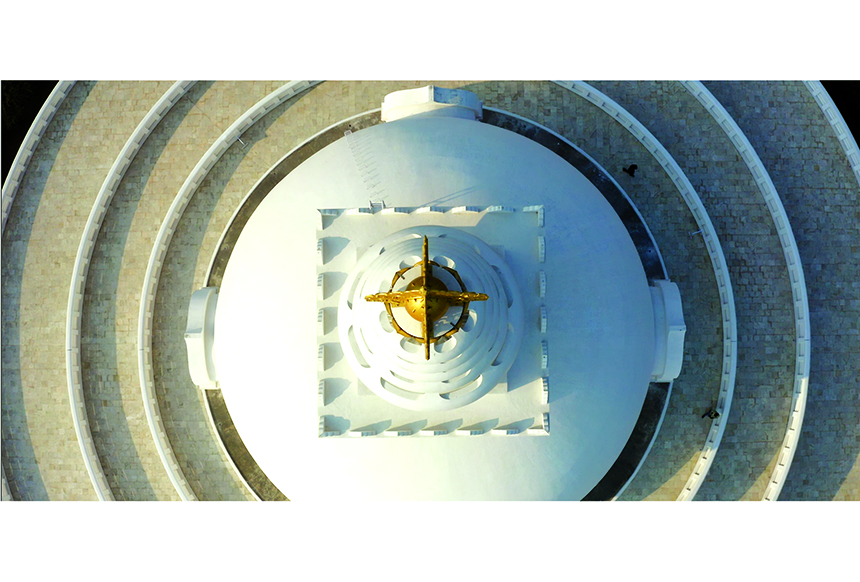
2. Can you share with our readers, a few life-changing experiences during the trip?
I got to see the life and the emotions of people living in the province. Through these, I got to know myself, a hidden me! The experience made me feel small! I must say, I always had pride and thought highly of myself, but this experience made me feel like such a tiny part of this world. I always used to share "my" stories and explain "my" difficulties.
As I learned about the hardship of the people of Lumbini and interacted with them- I understood the gravity of this world. I discovered my place on this earth. I was yet to ascend more peaks and gain new experiences.
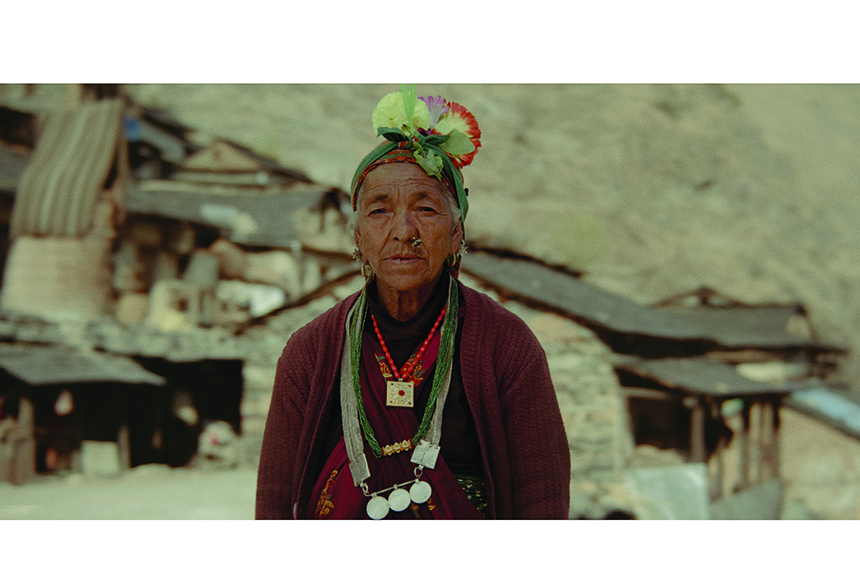
I was proved wrong about how I saw myself. I discovered my weaknesses and vulnerabilities. Beyond that, I understood why people to revolt. Now I have so much to share about something except "my" story.
The first experience that caught my mind was when I met an entrepreneur of Palpa. Her story is very intriguing! She didn't give the women of her community a job, but she gave them a reason to uplift their morale and achieve stability. She did this 50 years ago!
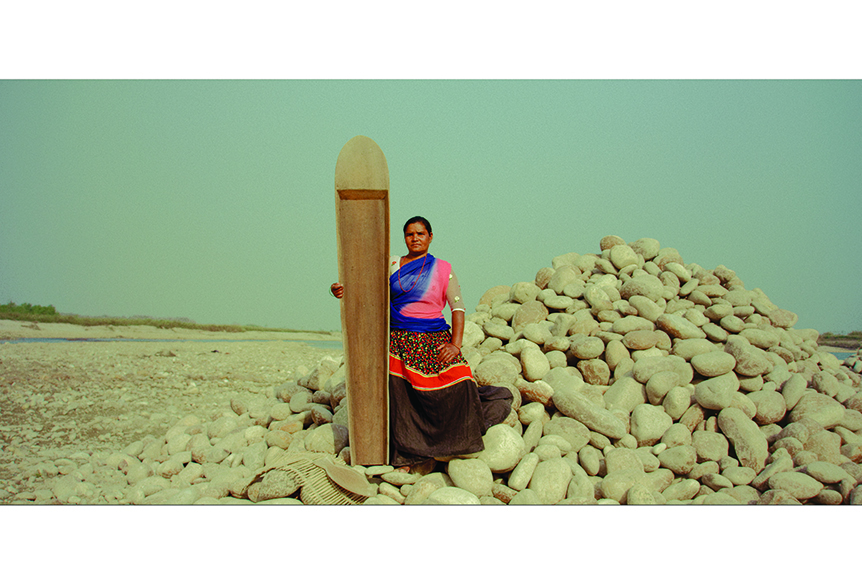
During a time when women were bound to their household, she gave them a way of life. Teaching people skills of living is as great as giving them a new life. Realizing the obstacles for women in that era and listening to her way of revolting made me proud of womanhood itself.
The second one is a story about a man named Amik from Rolpa. He was with me for four days, and I thought he was helping me out because he was unemployed. He talked and helped me a lot. He was there for everything I needed. On the fourth day, I asked him what he did for a living, and everyone around me laughed. Later, I leant that he was a key person during the revolution and still held a strong position. However, his humbleness was something that surprised me. We have a prejudice towards those who revolt- cruel and heartless. But he made me change my perspective on the concept of revolution in general.
3. Which places in the province are your favourite? Can you share with us one key memory in each of them?
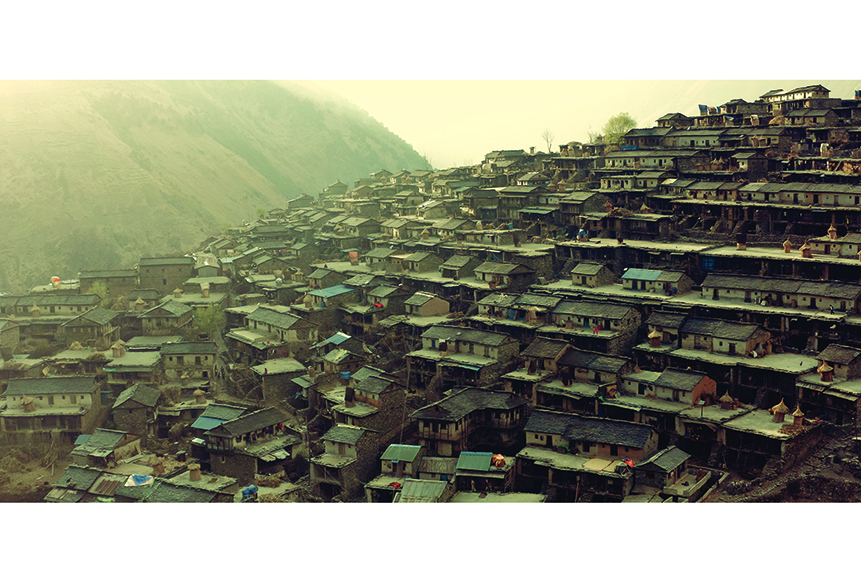
Every moment and place I visited was precious. I don't think it would be fair to categorize any of them as my favourite ones. The province was my choice, so every part of it was my favourite. The experience was far from luxury and comfort, but even the pain felt good. The hunger, cold floors, long hikes and sudden challenges felt like a lifetime experience. I cherished every inch of it, and I think every youngster needs to experience that to understand life beyond regular experiences.
4. What are the key things you found missing in infrastructure and policy for tourism?
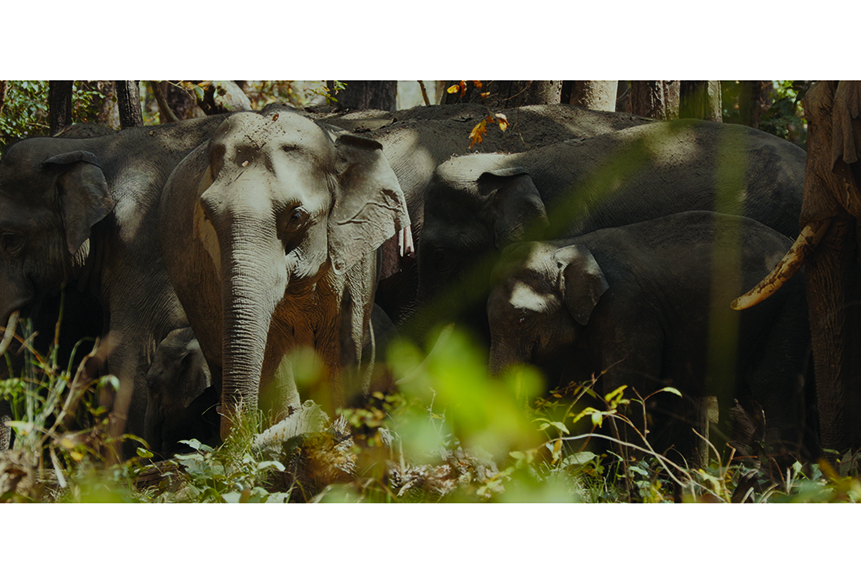
Nepal has great tourism potential. But the effort provided from the upper level is not up to par. They and the upcoming generation should understand the need for this sector's development. The authorities must invest resources wisely. The focus should not be on the existing sites that generate revenue. If we honestly look at the map of Nepal, we can see how many regions with potential lack even the necessities. We should not marvel at the rate of immigration for foreign employment. Beyond the boundaries of modernity of urban areas, the situation is very dire. If proper policy and infrastructure are in place- people will orient towards growth. They cannot do so because they have to struggle for simple goods and services.
The budget should be invested in the places that need development, not just prime areas or inside the valley but places like Lumbini. For tourism, we must focus on the 3 of 4A's (Attraction, Accommodation, Amenities and Accessibilities). We have plenty of attractions. But we lack even the most basic accommodation facilities. In terms of amenities, we must be strategic. The biggest failure here is the development of proper accessibility. We annually see so many incidences. Thus, resolute policy and infrastructure are essential.
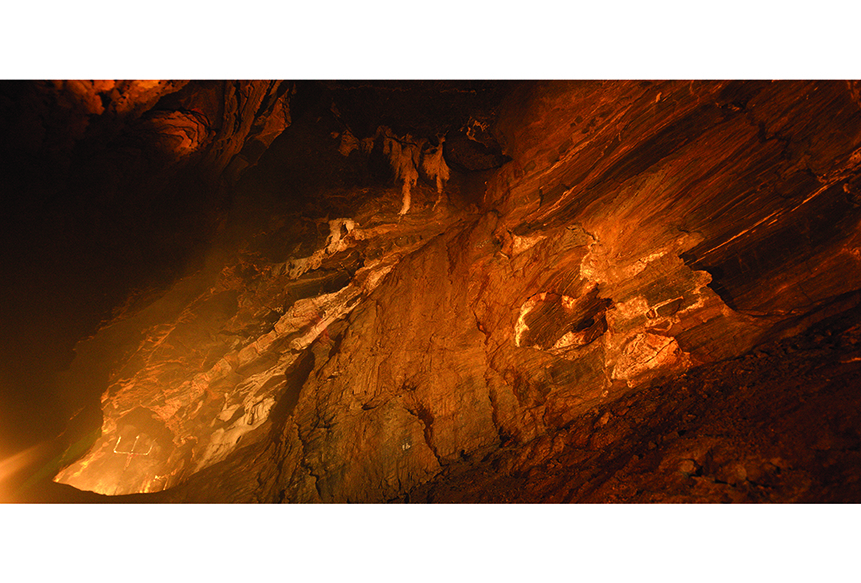
The stakeholders should use sustainable strategies while planning infrastructure development. They must also focus on proper maintenance and be open to pivoting their strategy. One policy does not fit all! Nepal is a very diverse nation. We should not always pin the blame on our rugged geography. This geographical variation is a gift that keeps on giving. We must acknowledge our differences and move uniformly to better the lives of Nepalese.
5. Do you have any plans to further promote the province?
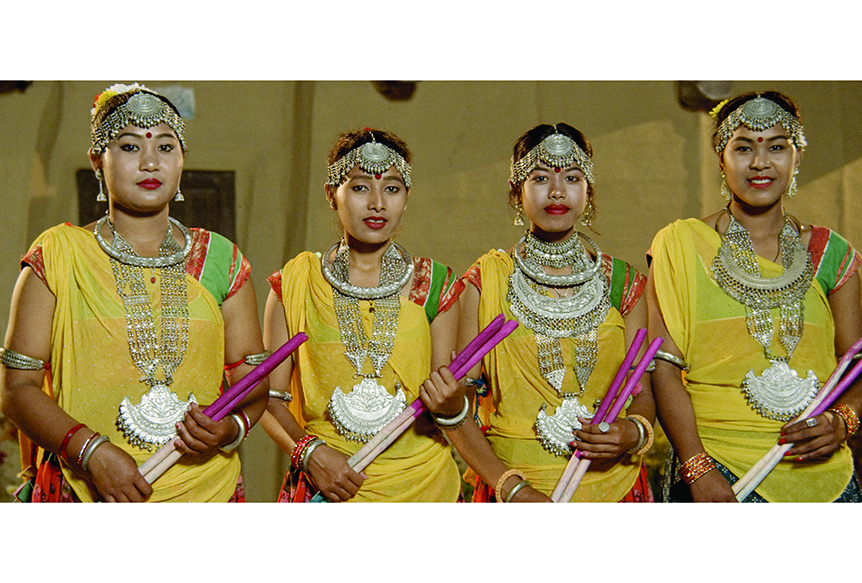
Yes, I do! the last project I conducted was not as good as I expected. I had limited time and finite knowledge of the province. I could have done much. Thus I plan to present a better video in the coming years. Along with this, I plan to use my social media platforms to post more about the province. I will be revisiting the area and making a couple of new videos. I will be justifying my visit through a beautiful video before Budhha Jayanti.
6. Overall, as an explorer and visual artist who has travelled around Nepal and various parts of the world. What are your recommendations for both the public and private sectors?
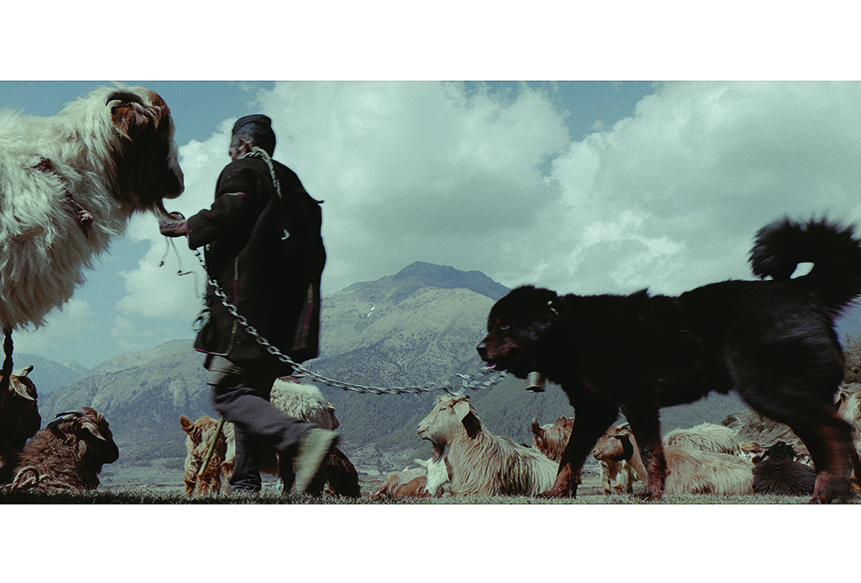
I strongly recommend both sectors take the concept of homestay seriously. It is a great way to allow visitors to experience their destination and the lifestyle of the people. I think it is the best recommendation for every travel destination in Nepal. It is a low-cost method with high rewards. My first homestay experience was in Palpa. I was uncomfortable with the idea, but this experience changed my mind. I felt a connection with everyone, and it was as if I w reconnected with family members I had lost. The experience was memorable, affordable and very welcoming. I highly encourage domestic and foreign travellers to partake in this unique experience.


